Why This 70s Sci-Fi Movie Nailed the Dark Future We Fear
The Visceral Impact of a Dark Future in A Clockwork Orange
Few cinematic works have gripped audiences with a portrayal of a dark future as intensely as Stanley Kubrick’s A Clockwork Orange. Released in 1971 and based on Anthony Burgess’s novel, the film thrusts viewers into a dystopian world where violence, control, and free will clash in unsettling ways. This daring exploration of societal decay and authoritarian manipulation doesn’t just entertain—it provokes deep questions about morality and the human condition. The dark future imagined in the film remains as relevant today as when first released, offering a chilling glimpse into what our world might become without vigilance or empathy.
Setting the Scene: A Dark Future Vision in Cinema
Kubrick’s aesthetic choices and narrative style craft a world simultaneously familiar and alien, a hallmark of iconic dystopian futures in film. This world is saturated with a chaotic blend of ultraviolence, psychological conditioning, and government overreach.
The Societal Breakdown
A Clockwork Orange presents a future where traditional societal norms have eroded. Crime and youth violence spiral out of control, reflecting fears of rising disorder during the late 1960s and early 1970s.
– Gangs like Alex and his “droogs” embody unchecked aggression.
– The government’s apparent impotence spurs radical solutions.
– The urban decay and bleak cityscapes highlight societal neglect.
These aspects create a believable dark future that resonates with anxieties about law, order, and governance.
The Role of Technology and Conditioning
One of the film’s most unsettling ideas is the use of behavioral psychology as a tool for social control. The controversial Ludovico Technique, which forcibly conditions Alex to experience nausea at the thought of violence, symbolizes the suppression of free will.
– Raises ethical questions: is a controlled, peaceful man better than a free but violent one?
– Plays into fears of technology being used to manipulate not just actions but thoughts.
– Reflects Cold War anxieties about mind control and conformity.
This technological approach to governance is a defining element of the dark future Kubrick envisioned.
The Characters That Embody the Dark Future
Central to the film’s impact is its protagonist, Alex DeLarge, whose complex nature offers a dual interpretation of villainy and victimhood in a bleak world.
Alex: The Antihero of an Uneasy Tomorrow
Alex’s character captivates because he is both charismatic and monstrous. His love for classical music contrasts sharply with his brutal actions, adding layers to the portrayal of violence.
– He represents youthful rebellion twisted into dangerous nihilism.
– His journey examines themes of free will versus state control.
– Complex viewer reactions—sympathy, revulsion, or fascination.
His character arc is essential to understanding the philosophical depth of the film’s dark future.
Supporting Characters and Their Symbolism
The supporting cast underscores different facets of the dystopia:
– The prison chaplain, embodying flawed morality.
– The scientists administering the Ludovico Technique, representing cold scientific rationalism.
– The Minister of the Interior, illustrating political opportunism.
These figures flesh out the oppressive societal machine that forms the backdrop of the dark future.
Thematic Depth: Free Will, Morality, and Control
At the core of A Clockwork Orange is a meditation on human freedom and ethical ambiguity within a dark future.
The Conflict Between Autonomy and State Power
The film poses the critical question: is it morally acceptable for the state to forcibly remove an individual’s ability to choose evil? This dilemma is explored powerfully through Alex’s forced conditioning.
– Shows the dangers of sacrificing liberty for security.
– Reflects philosophical debates reminiscent of thinkers like Isaiah Berlin on negative and positive liberty.
– Suggests that moral goodness loses meaning if it is not chosen freely.
This resonates deeply in any discussion of authoritarian control in a dark future.
The Nature of Violence and Redemption
Violence in A Clockwork Orange is both aestheticized and condemned, sparking discussion about its place in storytelling and psychology.
– The film’s stylized violence forces audiences to confront discomfort.
– Redemption is shown as complicated, questioning whether true change is possible without free choice.
– Offers no easy answers, emphasizing the ambiguity of human nature.
These themes enrich the film’s portrayal of a dark future with philosophical complexity.
The Enduring Legacy and Controversies
Despite its age, A Clockwork Orange continues to influence culture and spark debate over the portrayal of violence and authority in storytelling.
Impact on Popular Culture
– Inspired numerous films, music videos, and fashion, demonstrating its iconic status.
– The distinctive “droog” costumes and the haunting score by Wendy Carlos are often referenced.
– Served as a cautionary tale about dystopian futures in media and literature.
The film’s aesthetic and thematic contributions remain significant in discussions of dystopian storytelling.
Censorship and Reception History
Upon release, the film was met with polarized reactions.
– Banned or heavily censored in several countries, including a self-imposed ban in the UK by Kubrick himself.
– Criticized for glamorizing violence, yet praised for its artistic innovation and philosophical engagement.
– Continues to be studied in academic and film circles for its complex treatment of difficult themes.
This history reflects ongoing tensions around depictions of a dark future and societal fears.
Unpacking Lesser-Known Facts about A Clockwork Orange
Delving beyond the surface reveals intriguing aspects of the film’s creation and its place in film history.
– Malcolm McDowell’s portrayal of Alex was secured after Kubrick saw him in a British TV production.
– The film’s use of invented slang “Nadsat” was adapted from Russian, creating a unique linguistic texture.
– Wendy Carlos’s electronic score added a futuristic and eerie atmosphere.
– Kubrick employed pioneering camera techniques, such as the Durst camera, for dynamic shots.
– The film inspired philosophical essays and analyses decades after its release.
For those interested in exploring more, the British Film Institute offers detailed resources on the film’s production and cultural impact.
Reflecting on the Dark Future: Lessons and Warnings
A Clockwork Orange remains a stark reminder of the fragile balance between order and freedom, and the risks inherent in leaning too far toward authoritarianism in pursuit of peace. Its portrayal of a dark future challenges us to think critically about our own society’s trajectory.
– We see how fear of chaos can lead to oppressive solutions.
– The film underscores the importance of preserving individual rights even amidst turmoil.
– It warns against dehumanizing those deemed “other” or “dangerous.”
By engaging with this dark future narrative, viewers gain insight into contemporary debates about governance, ethics, and social responsibility.
The richness of A Clockwork Orange’s vision continues to provoke, unsettle, and inspire, ensuring its place as a seminal work in dystopian futures cinema.
If you’re fascinated by dystopian narratives and want to explore more about how cinema shapes our understanding of dark futures, consider diving into the works of other masters like Ridley Scott’s Blade Runner or Terry Gilliam’s Brazil. Understanding these visions helps us reflect on—and hopefully steer away from—the dangerous paths that dystopias warn against.


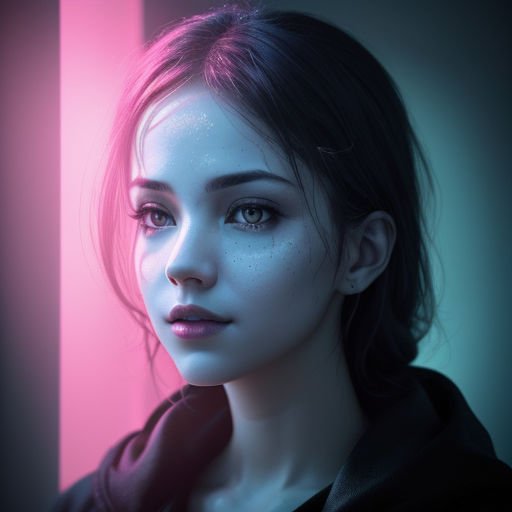
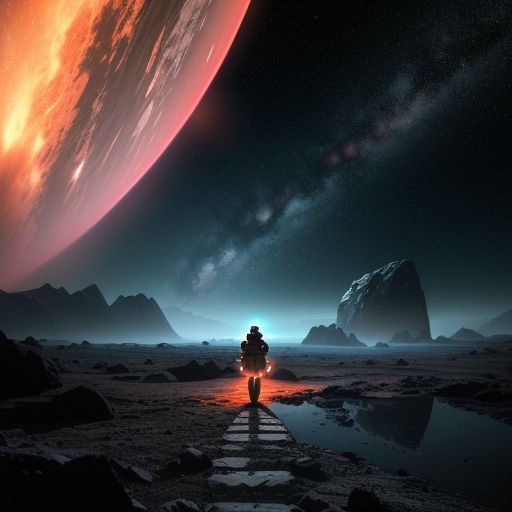

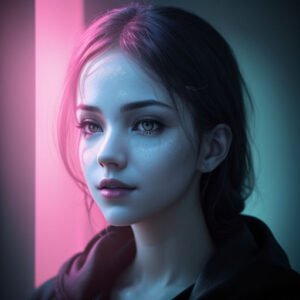

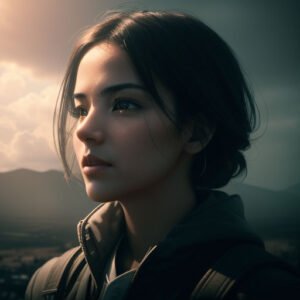
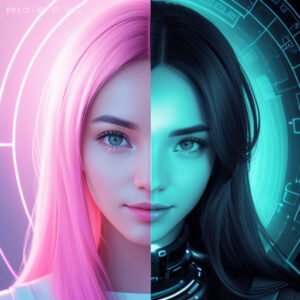
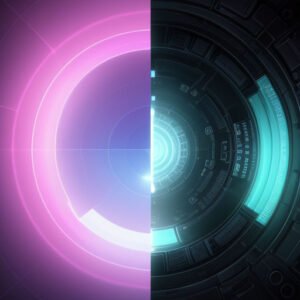




Post Comment